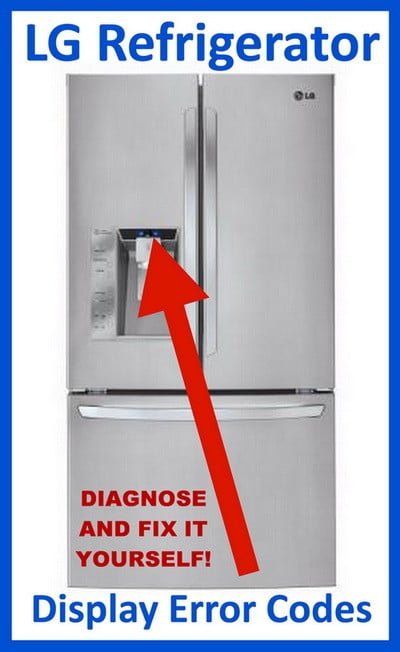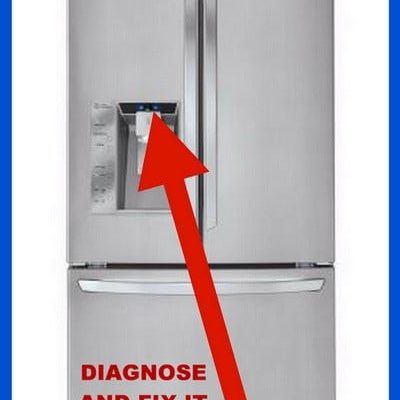
So, what exactly is this ominous Error Code E3? In plain terms, it’s a signal from your refrigerator saying, “Hey, something’s not quite right here!” Typically, the E3 code indicates an issue with the refrigerator’s defrost cycle. Think of it like your fridge trying to tell you it’s not warming up enough to melt the ice buildup as it should. You wouldn’t ignore your car’s check engine light, right? Your fridge deserves the same attention.
Understanding Error Code E3
When you see that E3 code pop up, it usually means there’s a hiccup in the defrost system. This system is responsible for keeping frost from building up on the evaporator coils. If these coils get too frosty, they can’t transfer heat effectively, and you’ll notice your fridge isn’t cooling properly. Imagine trying to drink through a frozen straw – that’s essentially what happens inside.
Refrigerators typically go through several defrost cycles throughout the day, melting away any frost that accumulates. However, if something goes awry – like a failed defrost heater or a faulty defrost timer – the frost can get out of hand. The E3 code is like your fridge’s way of waving a red flag to get your attention before things get worse.
Intermittent ignoring of this error might work for a short time, but untreated, the problem could lead to bigger issues, including spoiled food and a hefty repair bill. It’s like ignoring a leaky roof – small drips now could mean a flooded attic later. So, taking action to resolve the error is crucial for the longevity of your refrigerator.
Exploring the Common Causes
So why does this error happen in the first place? Let’s dive into some of the usual suspects. One common cause is a malfunctioning defrost heater. Just think of this component as the small but mighty champion responsible for melting frost. If it’s not working, your fridge can’t effectively defrost.
Another possible issue could be with the defrost thermostat. This little guy’s job is to monitor the temperature of the evaporator coils and signal the heater when to kick in. If it’s faulty, the heater might not turn on when it’s supposed to, leading to frost buildup.
Lastly, consider the defrost timer. It keeps the whole defrost cycle on schedule. If it’s broken, your refrigerator might skip over its defrost cycle altogether. Trying to fix these problems on your own can be tricky if you’re not familiar with appliance repair, so it’s often best to call in a professional.
Consequences of Ignoring the Error Code
You might be wondering, “What’s the worst that could happen if I just ignore it?” Well, ignoring the E3 error can lead to some not-so-great outcomes. First and foremost, your refrigerator’s efficiency will drop. It’ll start working overtime to keep things cool, potentially leading to higher electricity bills.
Moreover, if the defrost problem remains unresolved, ice will progressively build up. This can escalate from minor cooling issues to complete failure of the fridge or freezer sections. Imagine opening your freezer door to find a mini iceberg instead of neatly stacked groceries. Not a pretty sight.
The worst-case scenario? Ignoring the E3 error could result in a costly repair or even necessitate replacing your entire refrigerator. It’s like ignoring a small squeak in your car until it’s undrivable. Tackling the problem sooner rather than later is a wise move.
What to Do Next?
Okay, so you’ve got this E3 error code flashing, now what? First, take a deep breath. It’s not the end of the world. Your first step should be to consult your refrigerator’s manual. It might have specific instructions about how to reset or troubleshoot the error.
If checking the manual doesn’t resolve the issue, you might need to inspect the defrost components – if you’re comfortable doing so. Otherwise, it’s smart to call a certified technician. They’ll have the right tools and know-how to correctly diagnose and fix the problem.
Future prevention is also key. Regularly cleaning your refrigerator and checking for signs of frost buildup can help mitigate potential problems. A little maintenance goes a long way in keeping your refrigerator running smoothly and preventing those pesky error codes from appearing. Remember, a little attention now can save you a ton of hassle later!
